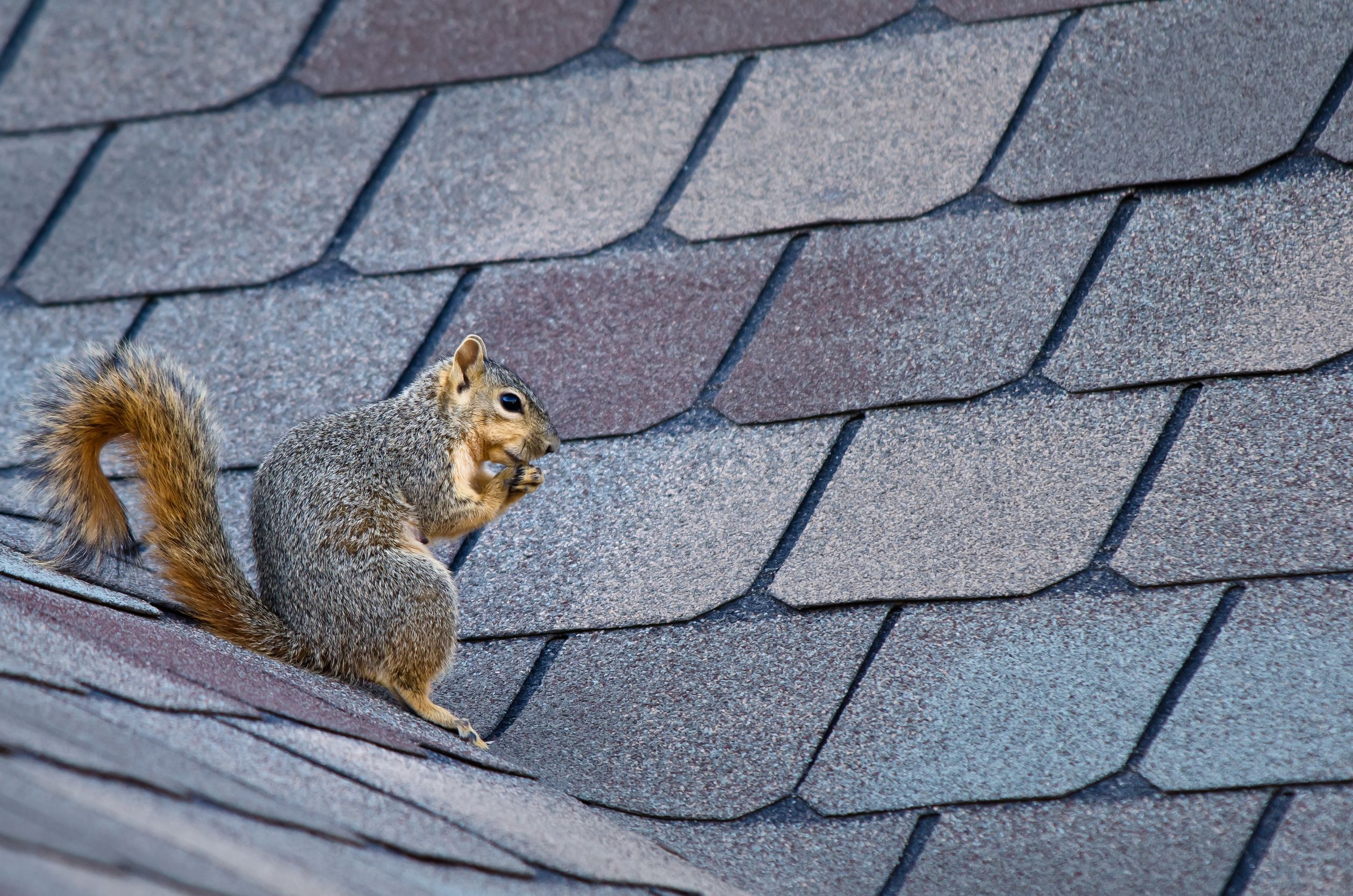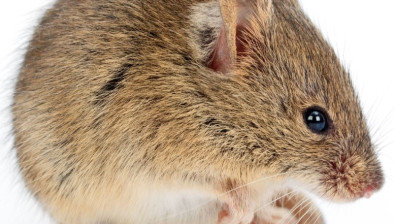BPCA provides new guide for social housing providers on grey squirrel problem
Social housing providers should consider squirrel-proofing their premises this month, according to a new guide from the British Pest Control Association (BPCA).

Figures from the BPCA, show grey squirrels are more likely to head indoors in search of food and shelter in the autumn.
Prevention is better than cure, BPCA cautioned in a new online guide and accompanying video which outlines the threat grey squirrels can pose to businesses and ways in which they need to be controlled.
Dee Ward-Thompson, BPCA technical manager, said: “Grey squirrels can be an incredibly destructive and distressing pest to have in your home or workplace.
“They can cause damage when they enter roof spaces of houses and buildings. They gnaw on woodwork and ceilings, strip insulation from electrical wires, tear up fibreglass insulation and can contaminate cold water tanks and attic space with urine and droppings.”
BPCA’s guide includes seven signs squirrels could be in a property:
- Scratching and rustling sounds from your loft or a wall cavity
- Droppings in the loft – although you might need a pest controller to identify these
- Smell of urine in the loft area might indicate the infestation has been going on some time
- Lots of other squirrels around your property, particularly near your roof or on high fences
- Fruit and nuts stolen from bird feeders, or feeders being disturbed/knocked over
- Bark being stripped from trees in your garden
- Holes in vents or damage to your insulation foam
BPCA recommends proofing properties from squirrels, rather than trying to deal with an infestation.
Ward-Thompson added: “Prevention is always better than cure. Block the gaps and entrance holes with tightly wedged mesh or metal plates, wherever possible. A pest control professional should be able to help with this.
“As their numbers have increased in the UK, so has the damage they cause. This is where professional pest control comes in.”








